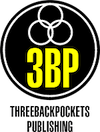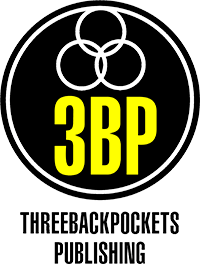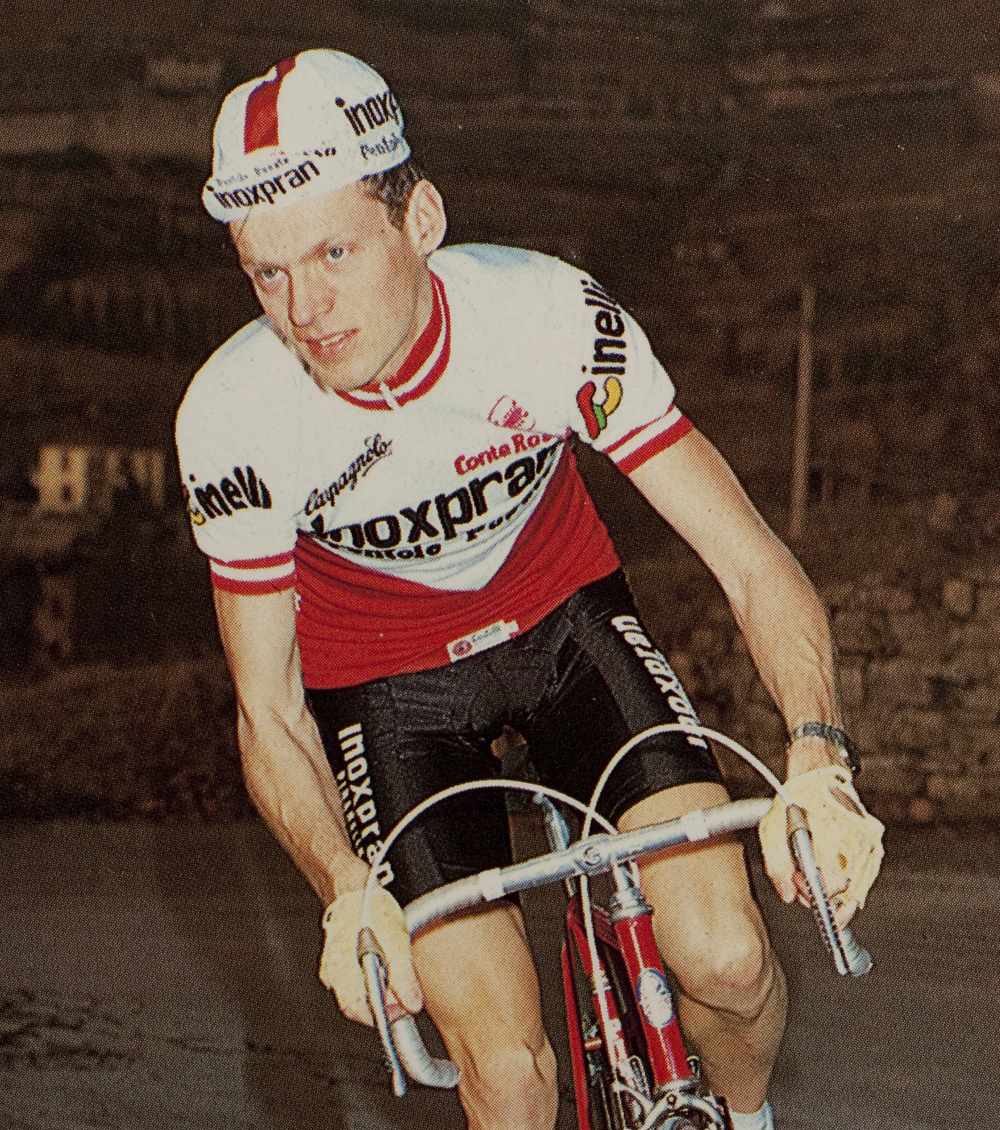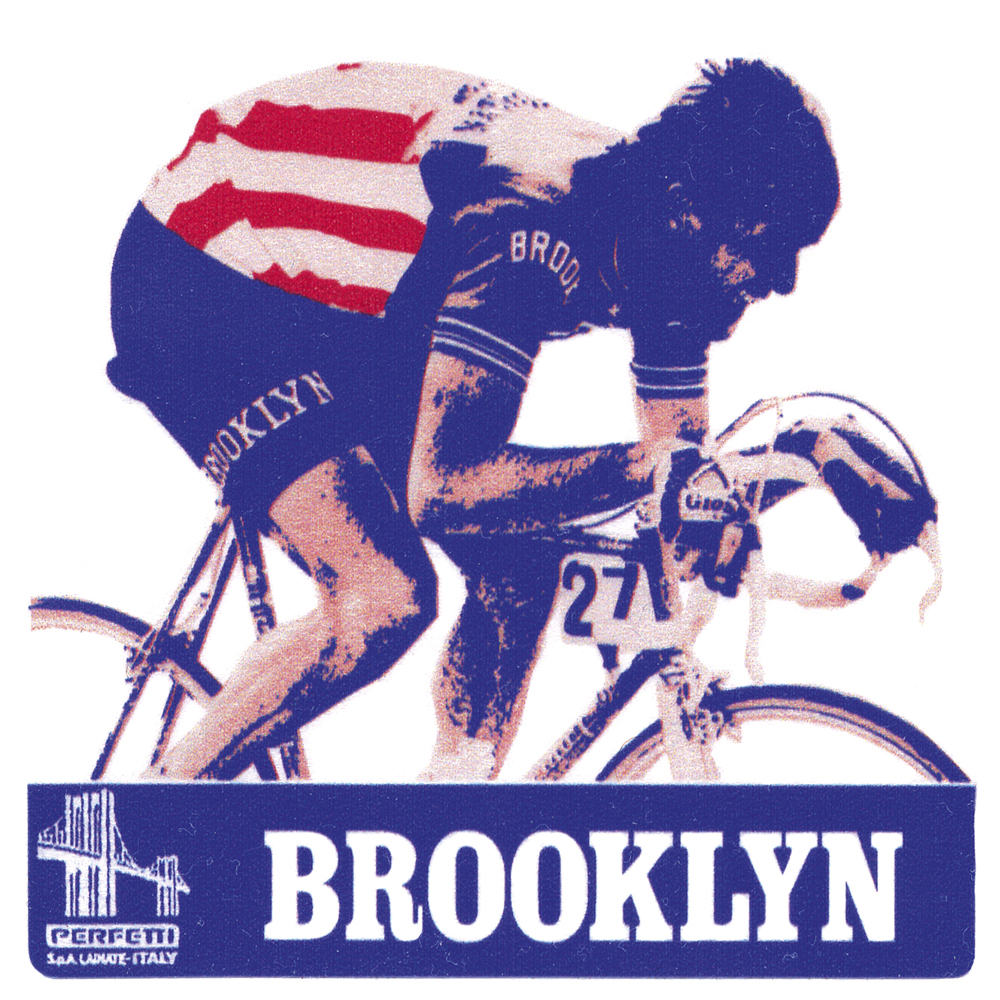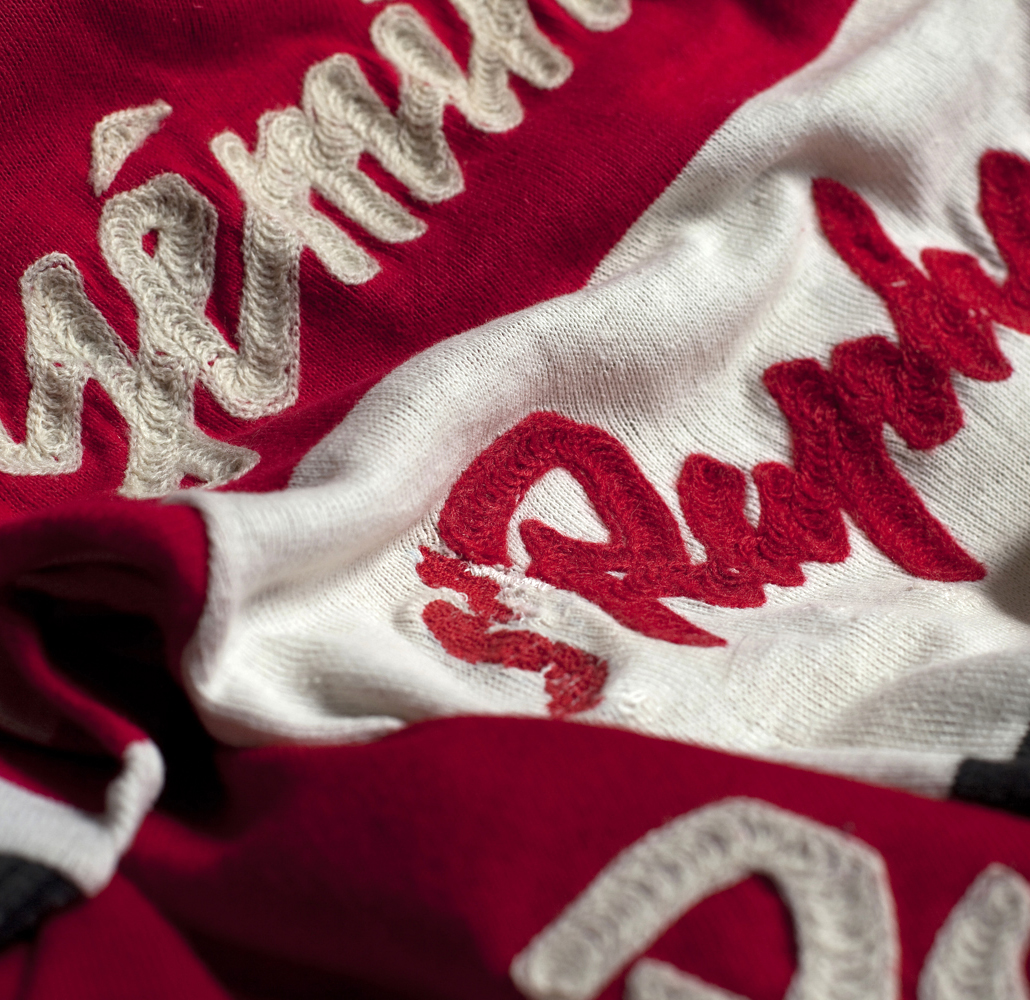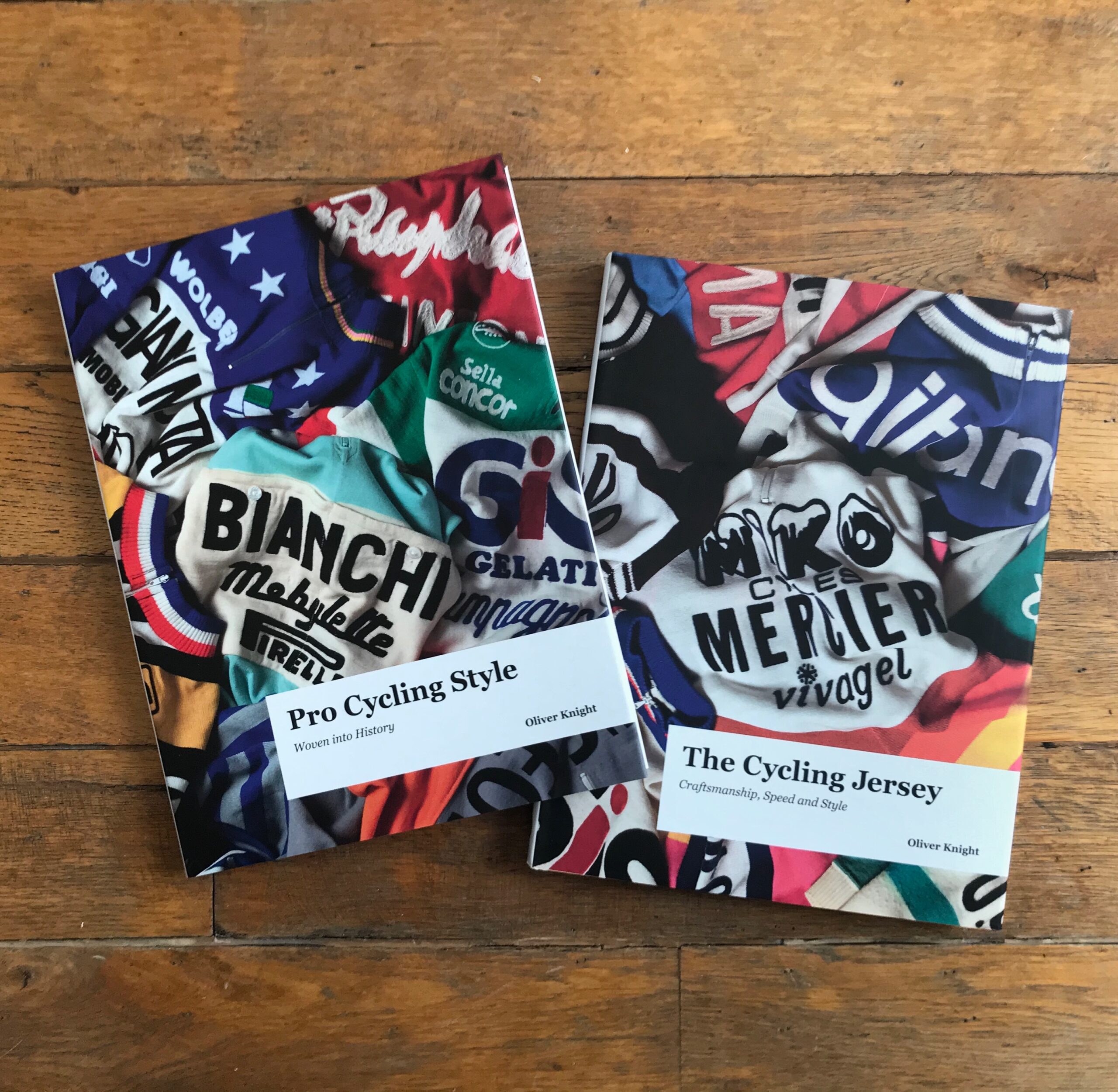The incredible journey of the ACBB jersey
 In this special feature I take an in-depth examination at the birth and evolution of the most powerful and influential cycling club the sport has ever seen, the Athletic Club Boulogne-Billancourt.
In this special feature I take an in-depth examination at the birth and evolution of the most powerful and influential cycling club the sport has ever seen, the Athletic Club Boulogne-Billancourt.
Discover the rich story of this Parisian club that left an indelible mark on the sport; their decade-long ‘Foreign Legion’ training programme behind the rise of international professional riders in Europe, and most curiously, the answer to a riddle of how one of their jerseys from their 1980s heyday was found for sale, decades later, at a market stall in Warsaw. Welcome to the long life, and rich times, of ACBB.
The imposing pedigree of ACBB
Formed in 1924, the Athletic Club Boulogne-Billancourt based West of the French capital has earned a fearsome reputation, with a list of palmarès numbering well over 12,000. Pre-war the club had focused on the discipline of track cycling, gaining the first of its 13 Amateur World Track champion victories in 1930 via its team rider Louis ‘Toto’ Gérardin.
In the reconstruction after the war, the club then focused on creating an unrivalled road team. Thanks to the investment by the wealthy department store owner Philippe Potin, the man now in charge of recruiting this new talent, the former ACBB rider Paul ‘Mickey’ Wiégant, succeeded in attracting to the club over 30 of the most promising young riders in France.
By the mid 1950s, ACBB’s rising reputation, and finances, allowed them to see their best riders now compete with the professional teams Helyett and Essor. ACBB also part sponsored them, and Mickey Wiégant would be in command in the role of Directeur Sportif for Helyett. The former ACBB riders on these teams included the Darrigade brothers, Jean Graczyk, Jean Stablinski, and the sensational Jacques Anquetil.

The Fynsec-Helyett team at the 1960 Giro d’Italia, with ACBB having a sponsorship role in both 1959 and 1960. Making up the majority of the équipe are former ACBB riders, including Jacques Anquetil, and the Irishman Shay Elliot, seen fourth from right and left, respectively
Aside from the best French former ACBB club riders, the 1956 Helyett équipe also featured the first inclusion of an international former ACBB rider, the Irishman Seamus ‘Shay’ Elliot. Having arrived in France and raced for ACBB for one season in 1955, he’d been deemed to have earned his place with Helyett. This move very much a sign of things to come from this most forward looking of cycling clubs.
Elliot would spend his professional career acting as a reliable domestique to both Anquetil and his deputy Stablinski, and would earn his place in history as the first Irish rider to wear the Maillot Jaune, holding it for three days in the Tour of 1963. He would also have the distinction of being the first international rider to win stages in all three of the Grand Tours.
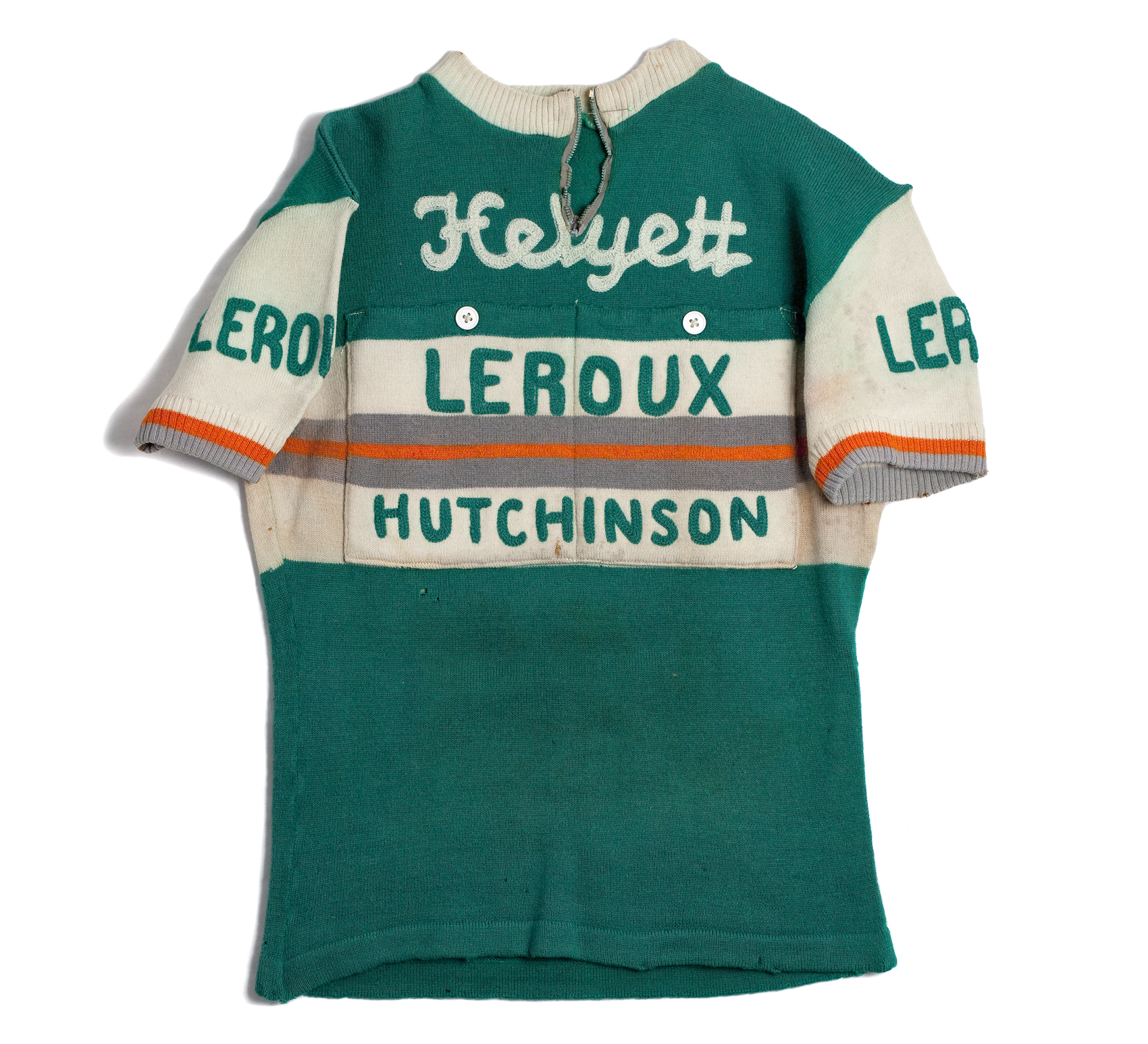
1959 Helyett-Leroux-Hutchinson jersey, featuring the inclusion of the orange and grey club colours of the ACBB kit, acknowledging their role as one of the team sponsors
Mickey Wiégant would remain in the role of directeur sportif with Helyett until the title team sponsor changed to St.Raphael in 1962, whereupon he was unceremoniously replaced by Raphael Geminani. He then focused his attention back on nurturing talent at his beloved ACBB club, where he would soon create his most lasting legacy – and in doing so, usher in the evolution of cycling into the expansive international sport it is today.

Riders from the 1956 Helyett-Hutchinson and subsidiary Essor-Hutchinson teams. Mickey Wiégant second from left, in his role as DS of Helyett.
The iconic ACBB club kit colours would remain a constant into the 1970s, and thanks to the title sponsorship role from Peugeot, these would now be joined by the iconic damier graphic from the French automative brand. The club enjoyed incredible support from Peugeot, finding themselves equipped as well as any of the pro teams, and their reputation as the strongest cycling club in France continued.

At the heart of this story is this stunning ACBB club jersey from their heyday in 1984, which had incongruously been found in Warsaw, Poland. The question remained – how did it get there?
The Foreign Legion
While ACBB had regularly provided a home to talented foreign riders, it wasn’t until the start of Mickey Wiégant’s reign as the club General Manager in the 1970s that this really became a systematic programme, with ACBB now acting as a feeder team to the professional ranks. This decade’s early foreign pioneers had included the American Jonathan Boyer, who spent a couple of seasons with the club from 1973 before turning pro with LeJeune, but it wasn’t until the British rider Paul Sherwin graduated from ACBB to the Fiat pro team that this ‘university of cycling’ really came to the fore.
As Sherwin left for Fiat he suggested to Wiégant the fellow British rider Graham Jones as a replacement. Jones duly performed, winning 15 of the 65 races he entered as an ACBB rider in 1978, including the Grand Prix des Nations and Paris-Évreux. These victories gained him the trophy of the season-long Merlin Plage Palme d’Or as the top amateur in France. The following season he graduated to the pro ranks with the Peugeot team, making him the first British rider to do so. In doing this, the era of ACBB’s ‘Foreign Legion’ began.
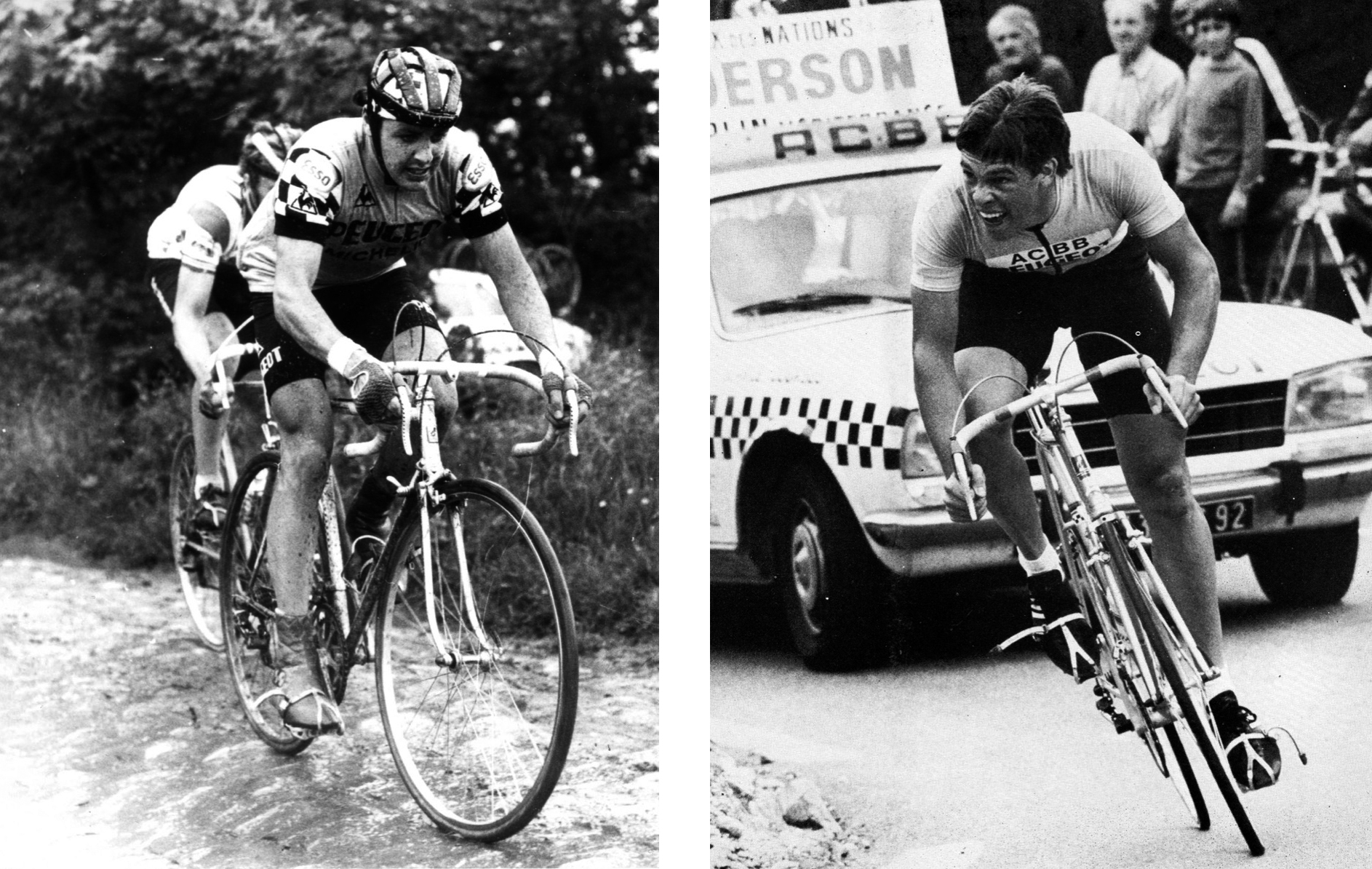
Ireland’s Stephen Roche (left) won the Amateur Paris-Roubaix in the ACBB colours in 1980, before turning pro with Peugeot the following season. Australia’s Phil Anderson (right) winning the 1979 Grand Prix des Nations for ACBB – with an average speed of 46.4km/h. In 1980 he joined the Peugeot pro team, becoming the first non-European to wear the Maillot Jaune in the Tour de France of 1981, and winning the Tour’s Maillot Blanc of 1982
Foreign riders were now actively scouted to ride for the club, including those from the UK, Scandinavia, and Australia. Wiégant wasn’t necessarily interested in revolutionising cycling, or providing opportunities to foreign cyclists, what mattered to him above all were results. His priority was maintaining the club’s position at the top of the annual ranking of amateur clubs in France. In exchange, if the riders gave him race victories, their reward awaited them – the iconic monochrome Peugeot jersey and their place on the professional team.
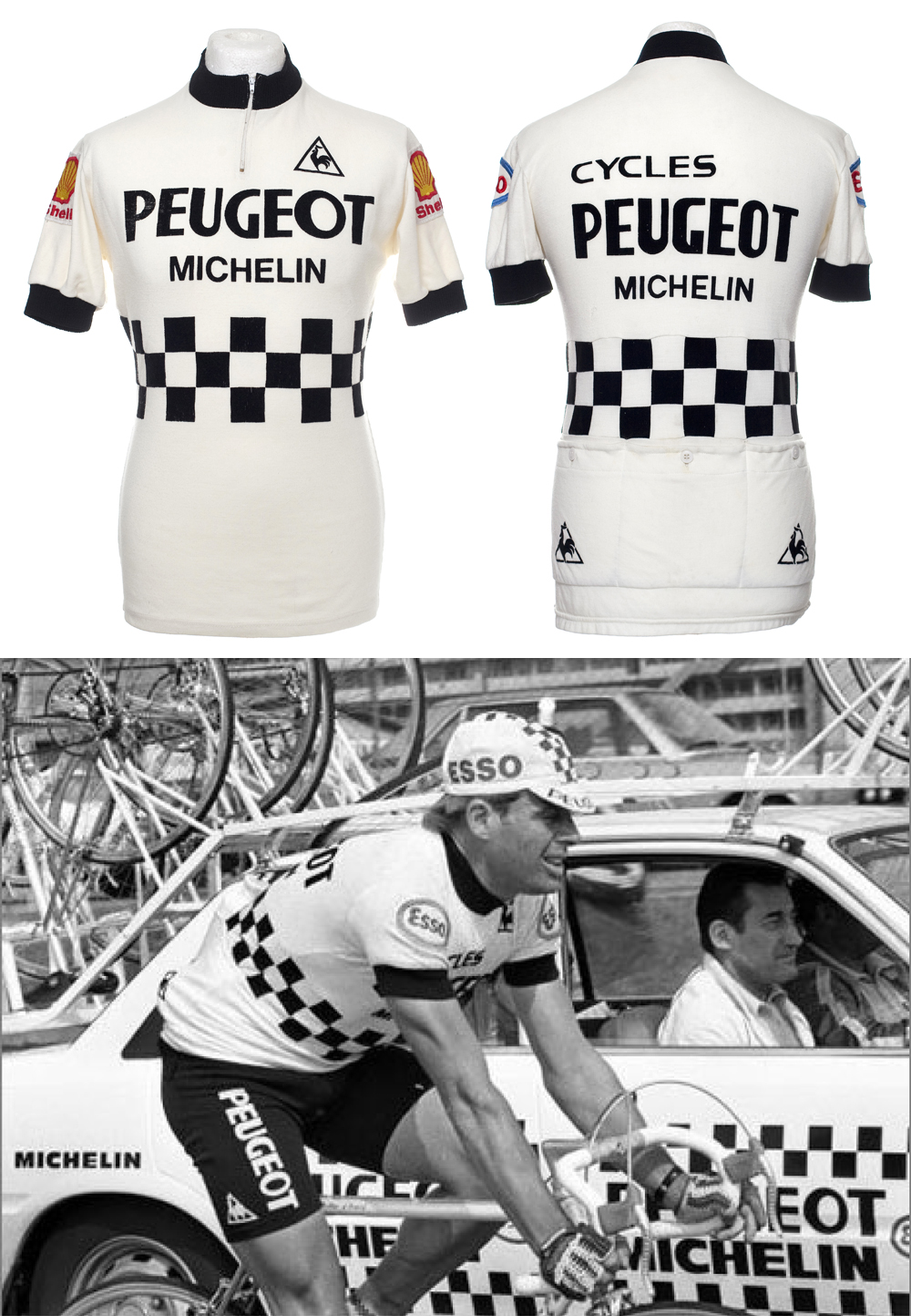
ACBB was seen as a proving ground for the foreign riders, where the iconic monochrome jersey was their prize. The Peugeot team jerseys of 1982 and the Tour de France issue for 1980, pictured worn by team rider Hennie Kuiper
Riders were expected to get results – and if not they’d soon find themselves on their way back home. The exacting Wiégant found he liked working with the aspiring foreign riders, they didn’t complain or ask too many questions – this helped by the fact many of them barely spoke any French. During this analogue age these international riders were also completely cut-off from home without any distractions. They’d made this pilgrimage to France with dreams of turning pro – in short, he found they were just hungrier than many of their French counterparts.
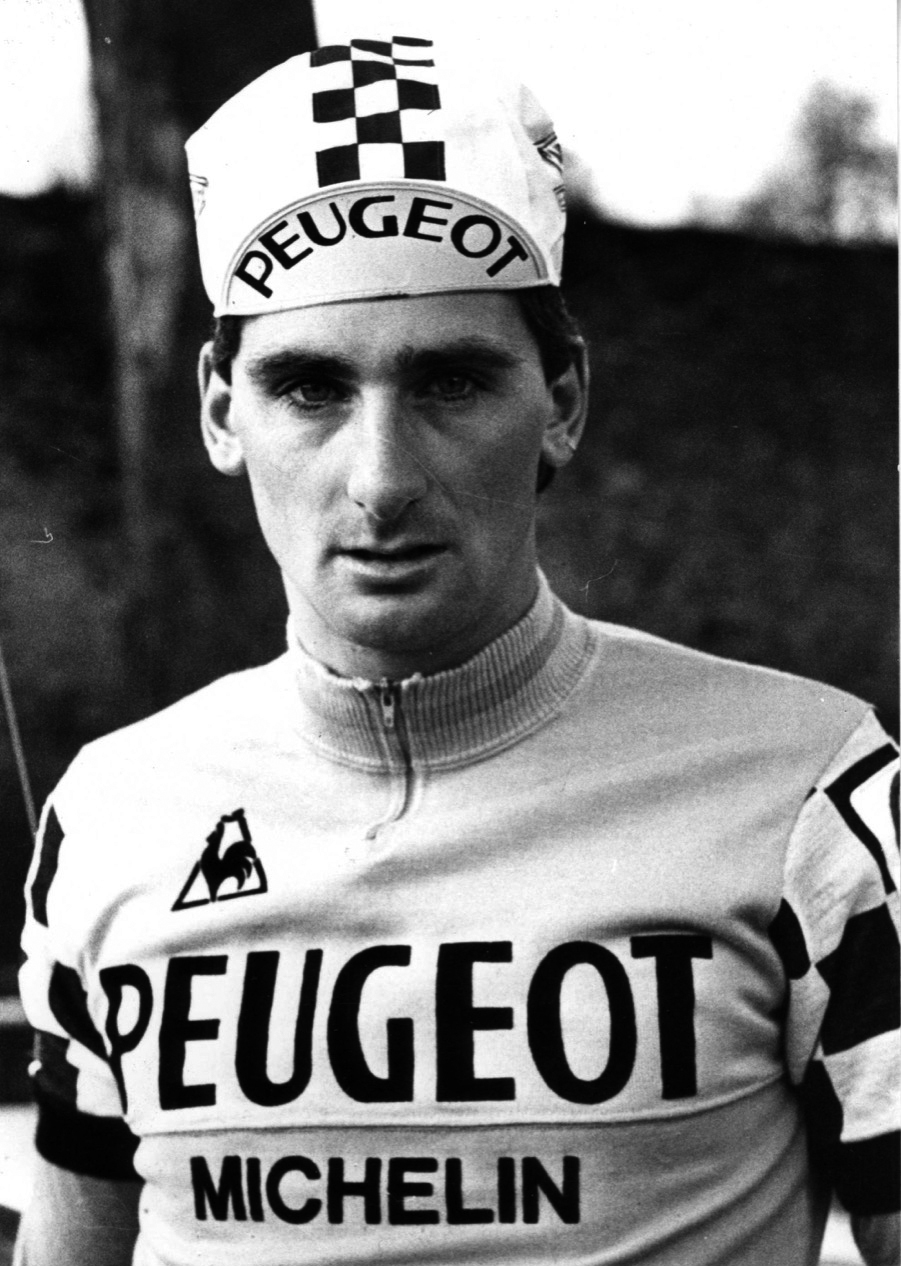
Another member of the foreign legion; Australia’s Allan Peiper proved his worth with ACBB in 1982, winning 14 races including 2 Classics and the Grand Prix des Nations time trial. The following year, after serving his apprenticeship like many of his contemporaries, he turned pro with Peugeot
The foreign riders first test at ACBB invariably began as soon as they set foot in France. Both Stephen Roche and Sean Yates were told they would be met by members of the club when they arrived at the Gare du Nord, only to find this not to be the case. Instead they had to navigate their way across Paris to the club, and in the case of Roche he then spent the night sleeping rough on their doorstep – awakened at 5am the following morning and bundled into a team car for a day long drive down to their training camp on the Cote d’Azur. A baptism of fire to test his metal.
Roche proved himself by winning the amateur Paris-Roubaix with ACBB, ‘encouraged’ by Wiégant alongside screaming at him that if he didn’t win the race he was on his way home. Roche’s reward, like many of his ACBB contemporaries, was a contract with Peugeot the following season, seeing him win the prestigious Paris-Nice, the first neo-pro to do so.
Roche went onto become one of ACBB’s most notable graduates, winning the triple crown of Giro, Tour de France and World Championships in a stunning 1987 season. Another was (the then) Robert Millar, the talented Scottish climber becoming the first native English speaker to win the Tour de France’s Mountain Classification in 1984 after joining the pro ranks with Peugeot.
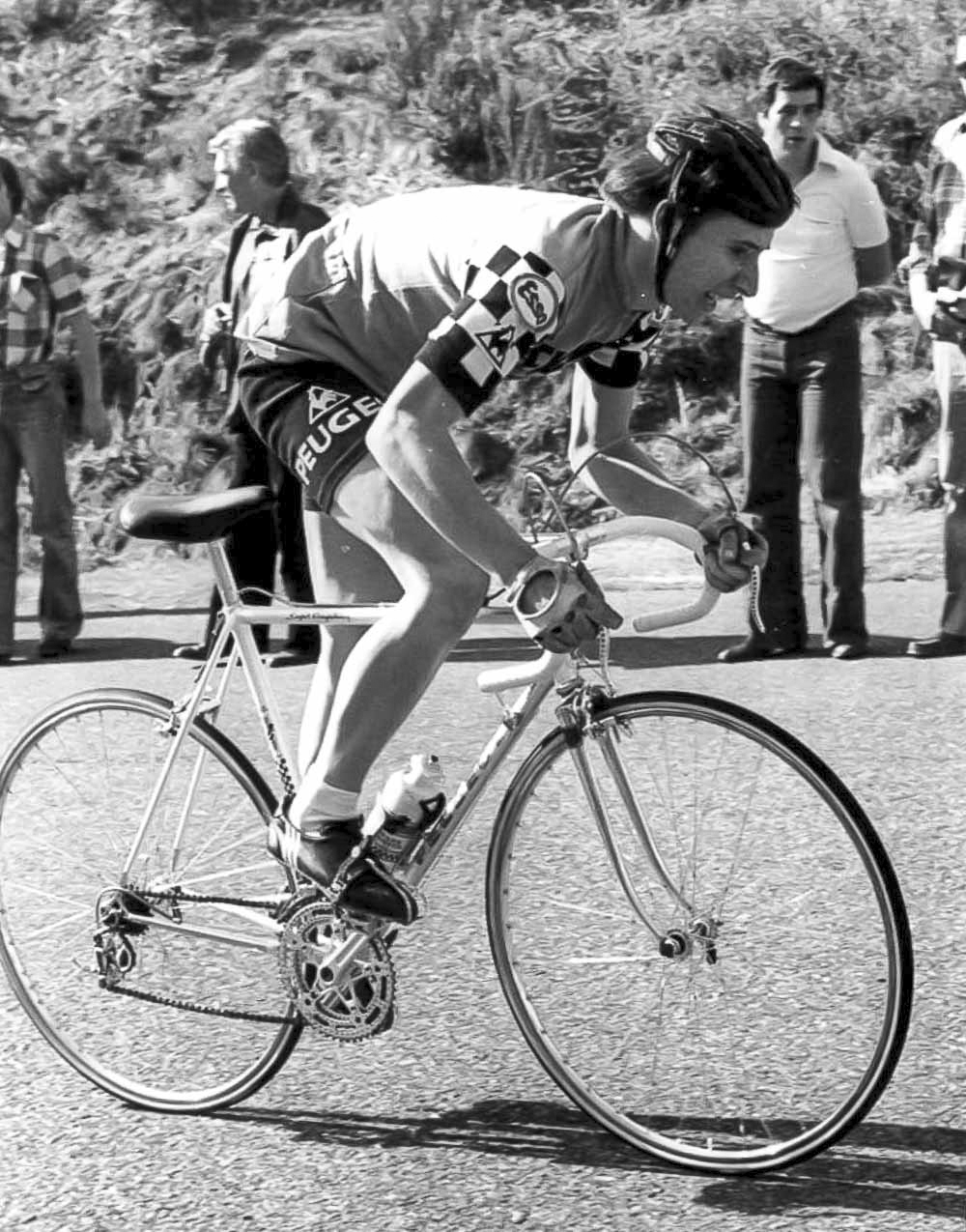
The former Glasgow Wheelers rider Robert Millar (now living as Philippa York) raced with ACBB in 1979, earning five race victories and the winning the French ‘Best Amateur’ trophy. In 1984 he would place overall fourth place in the Tour de France, and win the Mountains Classification. His original race-worn jersey seen below, published in our first book ‘The Cycling Jersey – Craftsmanship, Speed & Style’

Wiégant’s ‘Foreign Legion’ programme lasted a decade, launching the professional careers of many household names. In doing so, he changed the make-up of the peloton to the international affair it is today. After the departure of Wiégant from ACBB in the mid 1990s the power and influence of the club waned, but for a brief period in their decade-long heyday this club on the outskirts of Paris had made the biggest impact on the sport of professional cycling.
 Another item worn and signed by Millar, from 1985. His last season in the iconic Peugeot damier before signing with the Dutch Panasonic team. This item from the Prendas Ciclismo archive and is published within their interview in our new book ‘Pro Cycling Style – Woven into History’
Another item worn and signed by Millar, from 1985. His last season in the iconic Peugeot damier before signing with the Dutch Panasonic team. This item from the Prendas Ciclismo archive and is published within their interview in our new book ‘Pro Cycling Style – Woven into History’
Enter Bogdan ‘Bob’ Madejak
One such foreign rider to find a home at ACBB was the Pole Bogdan Madejak. In the early 1980s he had a promising amateur career in Communist controlled Poland, but his real dream lay in the West. Poland’s pedigree for cycling was strong, and by this time the first Polish riders, namely Czeslaw Lang and Lech Piasecki, had just begun to be granted permission by the Polish Cycling Federation to ride professionally in the West, although this was still very much the exception to the rule.
Under the Communists in Poland, there simply was no such thing as professional cycling. As long as the Iron Curtain was standing, your only chance to ride professionally was to prove your worth beyond doubt – such as Lang’s Olympic Silver medal and Piasecki’s win of the Amateur Road World Championships – and then hope that the cycling federation would grant permission for you to ride professionally in Europe.
Madejak however had other ideas, and took matters into his own hands. While competing in East Germany, where as usual the team chaperone was keeping a tight hold of the riders passports, he may, or may not have, broken into the hotel room where the passports were kept, extracted his own and then fled to the West across the Swedish border.
In any case, in 1984 he arrived in Paris at the ACBB club, and was promptly given a place on the team, joining the ranks of the many international riders who made up this colourful, and fiercely competitive équipe.
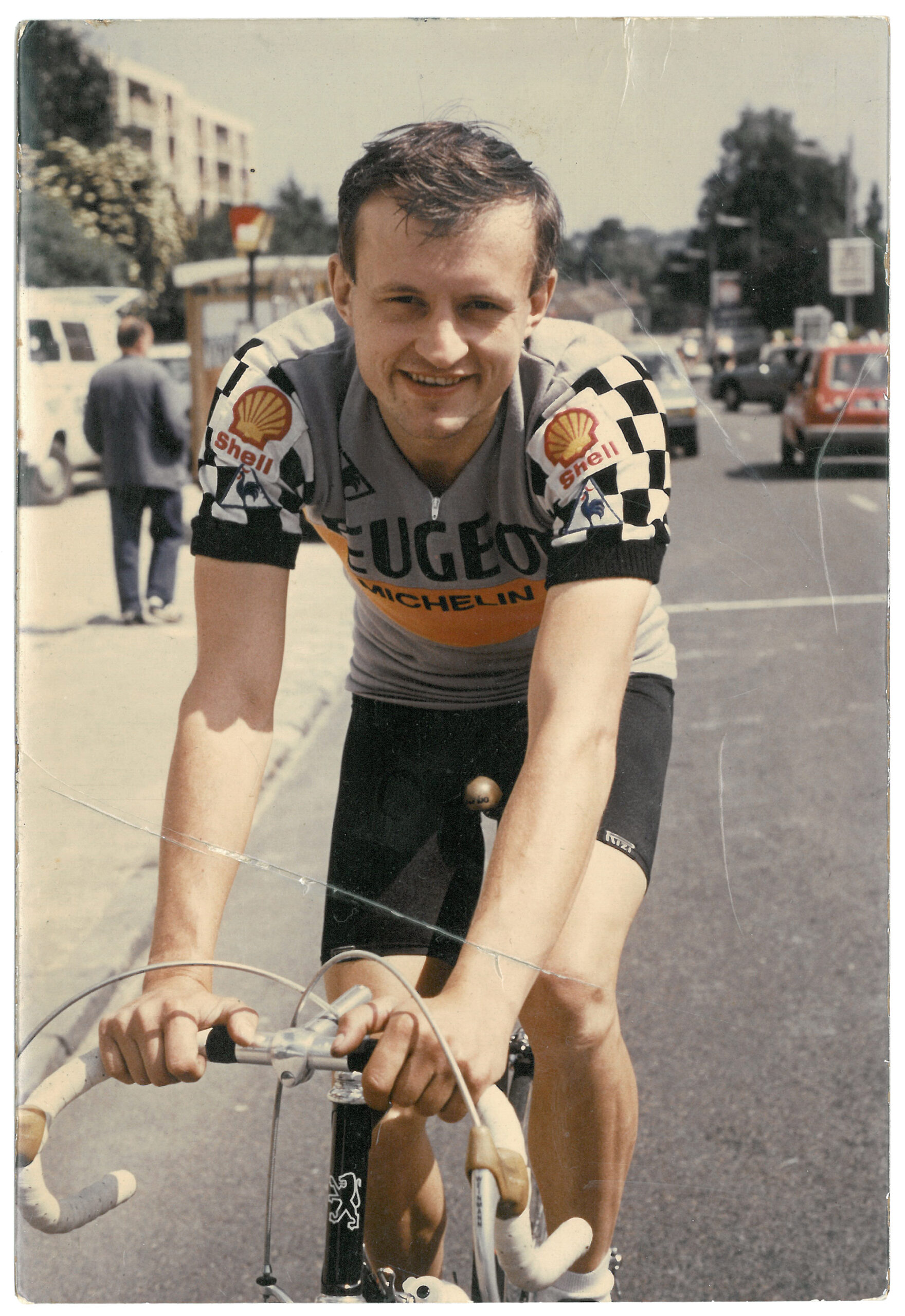
Bogdan, soon christened ‘Bob’ by the team, riding for ACBB in 1984
His racing career with ACBB was however cut mercilessly short, due to a grave accident while training with the team in the Boulogne forrest. In a huge pile-up of riders he suffered horrific injuries to the back of his knee, both cutting tendons and severing a main artery. The fact that a local hospital was close by saved his life, with doctors stemming his life-threatening blood loss.
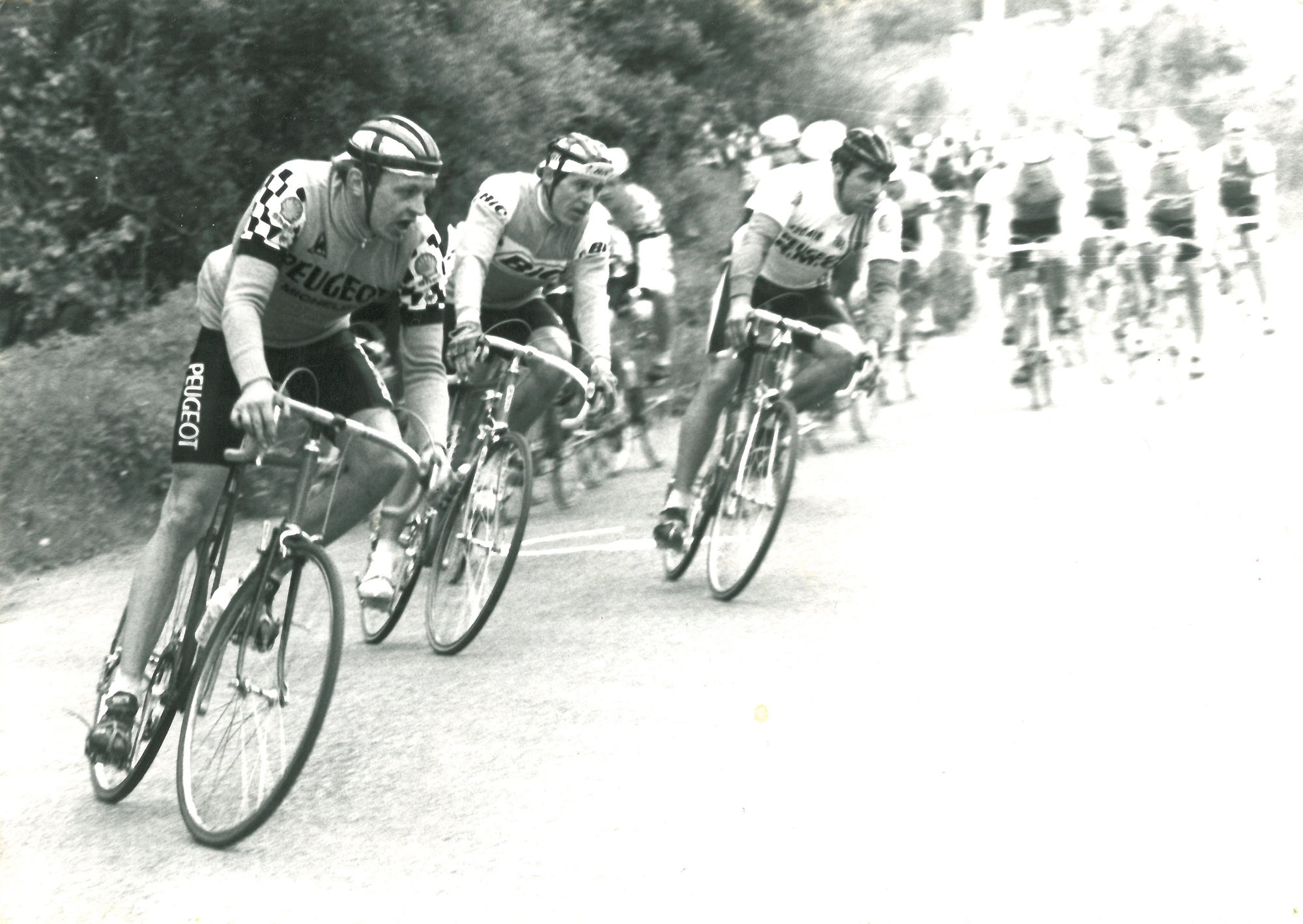
Bob leading the course during his all too brief racing career in France
Due to the injuries he’d sustained in the crash his racing days were now over, but he remained with ACBB as part of the team direction, eventually settling into the role of team soigneur. During this same period the sponsorship of ACBB changed from Peugeot to that of their main domestic rival, the French automotive manufacturer Renault, who were also a main sponsor in the professional peloton.

In the later half of the 1980s, Bob now working in a role as team soigneur for the Renault sponsored ACBB. The headline sponsor also supplying the very tidy looking Renault 5 support car!
As Bob’s reputation spread, and akin to many riders of the club, he then began working as soigneur with the French professional teams. Gaining his first post with System-U in 1986 under the legendary directeur sportif Cyrille Guimard, he spent the following years following Guimard, as he then took command of the Castorama and Cofidis teams.

Bob pictured with French Castorama team rider Jacky Durand in 1991
During the next two decades Bob worked closely with the major stars of the sport including; France’s Laurent Fignon and Jacky Durand, Irelands’s Stephen Roche, Italy’s Maurizio Fondriest and the American Lance Armstrong. An integral part of each team he worked with, Bob would share in each of the team riders triumphs and tribulations.

Bob assists Jacky Durand at the finish after his legendary win of the 1992 Tour of Flanders. His break away with over 200km of the race remaining, and taking the title 36 years after the last French winner would cement his place in the memory of the Belgian fans.
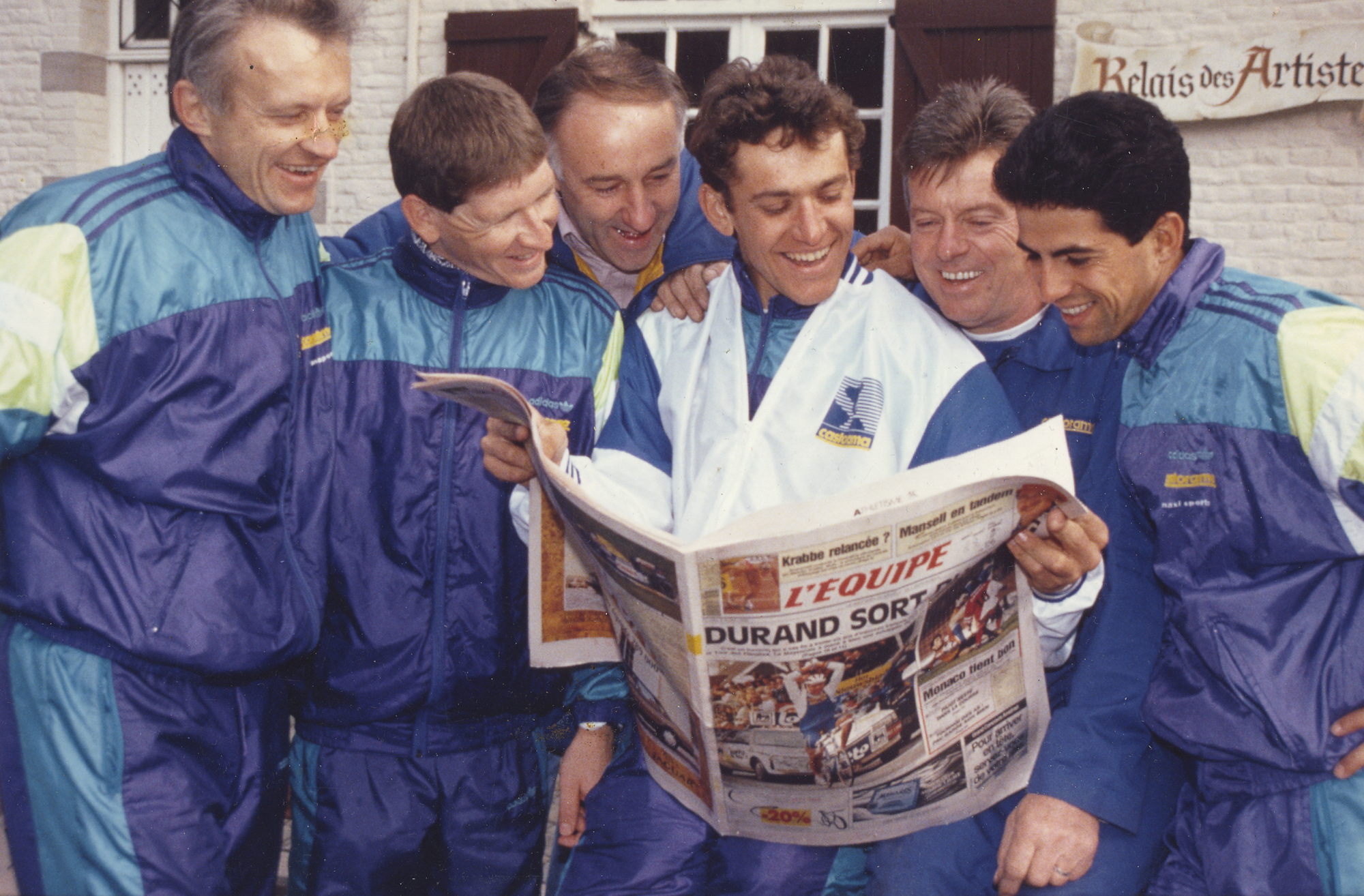
Bob (left) sharing in the success of Durand’s Tour of Flanders victory as it makes the front page of L’Equipe
Things would take a darker turn however in 2004, as the scandal and legal investigation into the doping culture at Cofidis would have its impact. Accused of being at the heart of the team sanctioned doping programme Bob was one of the few involved who saw an actual prison term, being sentenced to one year behind bars for his part in the scandal.
With this now well behind him, Bob now lives in the South of France on the Cote d’Azur and in 2019 I had the chance to visit him along with friend and long time 3BP collaborator Dominik Rukat.
Coming full circle
Into the present at it’s late Summer 2019. My good friend and Warsaw native Dominik is in France to interview me for Poland’s Szosa Magazine and deciding to make the most of the opportunity, we head down to Nice with our bikes to get in some great rides along the coast.
Dominik has already got in touch with Bob to let him know we’re in town, and as an after thought he’s brought his treasured ACBB jersey with him to show to Bob, thinking it will bring back some nice souvenirs for him.
It’s a sunny morning and we’re at Nice harbour at the Cafe du Cycliste store waiting for Bob to arrive. He turns up (on his very nice bike) and we grab a coffee and begin chatting, soon afterwards Dominik pulls out his ACBB jersey and Bob’s first reaction upon seeing it is to give a very wry smile…
“Where did you get that?” he asks, looking as though he’s already anticipating an answer. “Funnily enough, in Warsaw” Dominik replies. At this, Bob’s smile broadens…
Bob takes the jersey into his hands and examins it. “I know exactly why you found this jersey in Warsaw – I was the one that sent it there”
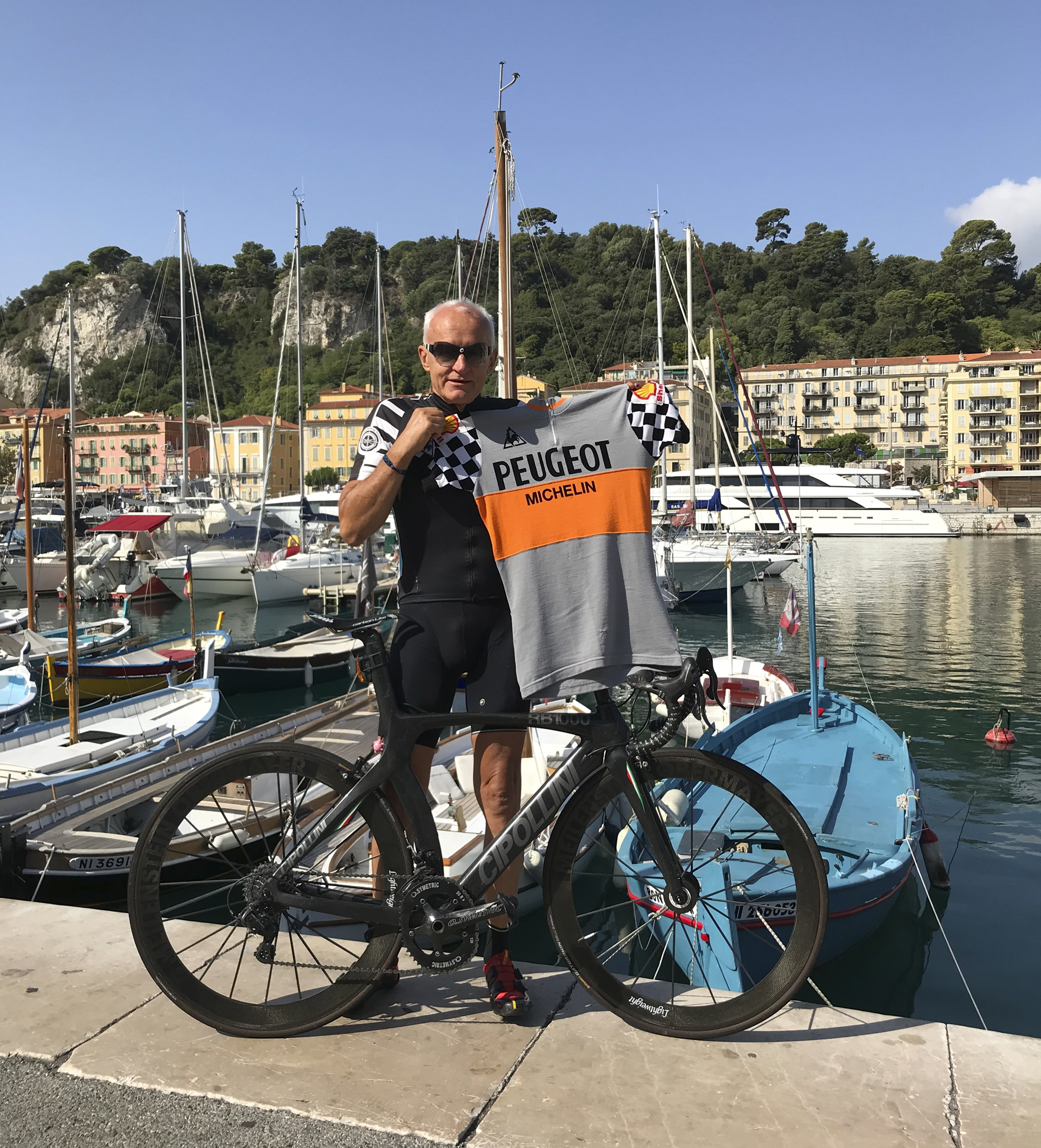
“I know exactly why you found this jersey in Warsaw – I was the one that sent it there”
It turns out that back in the mid 1980s, while Bob was working with ACBB and their sponsor had changed from Peugeot to Renault, the club suddenly found themselves with a huge amount of Peugeot branded kit that was ready to be written off as a loss.
Not wanting to see the items go to waste, and knowing that cycling kit of this quality was ultimately impossible to come by back in his native Communist controlled Poland, Bob had come up with the idea to post these hundreds of items (including jerseys, shorts, training suits and shoes) back to Warsaw where it could be appreciatively used by the riders of Warsaw’s RKS ‘Orzel’ club.
The team direction of ACBB had loved the idea, and it was duly packed up and sent to Poland ready to be given a second life by the Warsaw club. Unfortunately, the Orzel club riders would never see any of it…

Later that evening, Bob showing us his souvenirs from his time working as a soigneur for some of the era’s biggest teams
Proving an opportunity perhaps just too lucrative to turn down, the Orzel cycling club bosses in Warsaw had instead, selfishly, chosen to sell these incredibly elusive Western items on the all-powerful Warsaw black-market. The main markets across the city now offered these items for sale, where upon they remained in circulation for decades to come.
One such customer had been Dominik’s uncle, who upon coming across one of these ACBB jerseys for sale at Warsaw’s Olympia bazaar in 2010, from the consignment that Bob had sent over 25 years earlier, had decided to purchase it as a gift for his nephew.
Through a strange quirk of fate, this rider who had escaped from the East to join ACBB and settle in France, had now been reunited with one of the jerseys from this mythic French club that he’d sent in the opposite direction across the Iron Curtain 35 years previously.
And yet somehow, this all seemed to make perfect sense for a jersey from the Athletic Club Boulogne-Billancourt…

I hope you’ve enjoyed this post – to discover many more stories like this see our new book ‘Pro Cycling Style – Woven into History’
This new book is a follow up to our first title ‘The Cycling Jersey – Craftsmanship, Speed and Style‘ which gained the high praise from Rouleur magazine as a title they described as both ‘Beautiful and Enlightening‘.
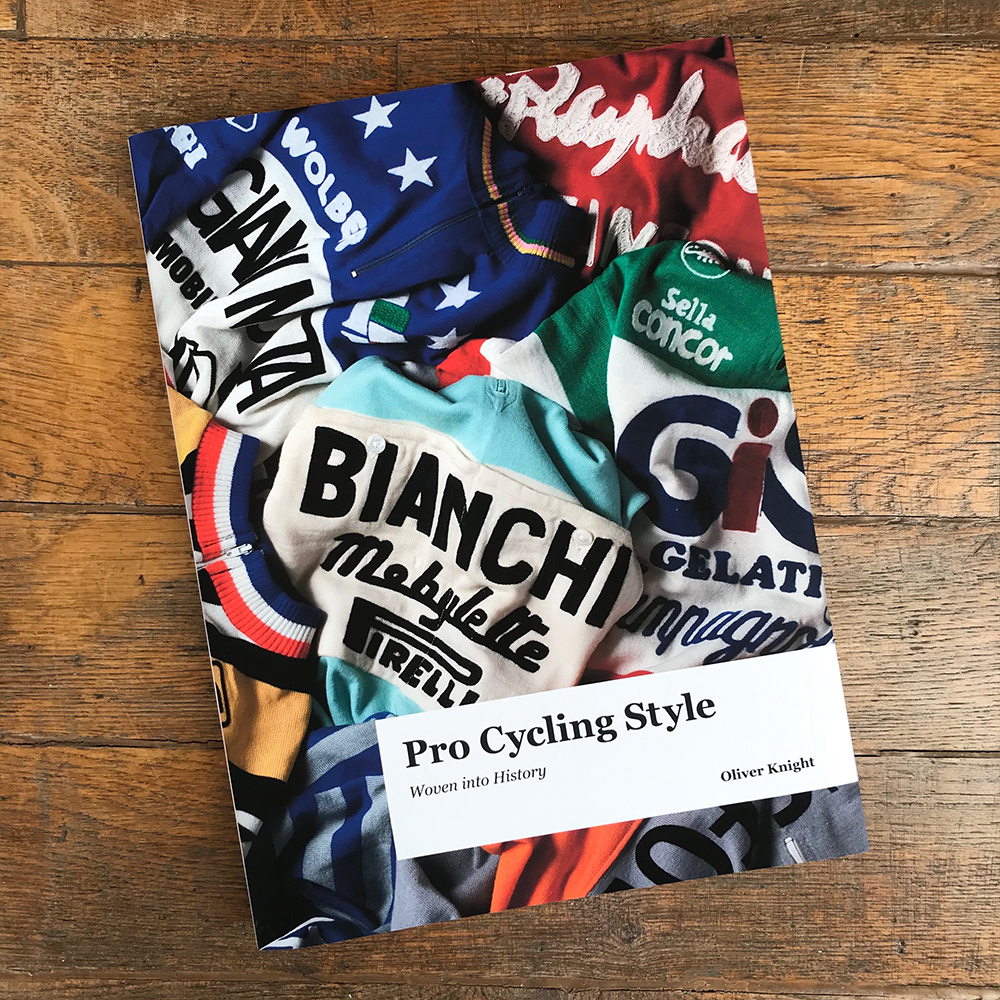
Share This Story, Choose Your Platform!
 In this special feature I take an in-depth examination at the birth and evolution of the most powerful and influential cycling club the sport has ever seen, the Athletic Club Boulogne-Billancourt.
In this special feature I take an in-depth examination at the birth and evolution of the most powerful and influential cycling club the sport has ever seen, the Athletic Club Boulogne-Billancourt.






 Another item worn and signed by Millar, from 1985. His last season in the iconic Peugeot damier before signing with the Dutch Panasonic team. This item from the Prendas Ciclismo archive and is published within their interview in our new book ‘Pro Cycling Style – Woven into History’
Another item worn and signed by Millar, from 1985. His last season in the iconic Peugeot damier before signing with the Dutch Panasonic team. This item from the Prendas Ciclismo archive and is published within their interview in our new book ‘Pro Cycling Style – Woven into History’










